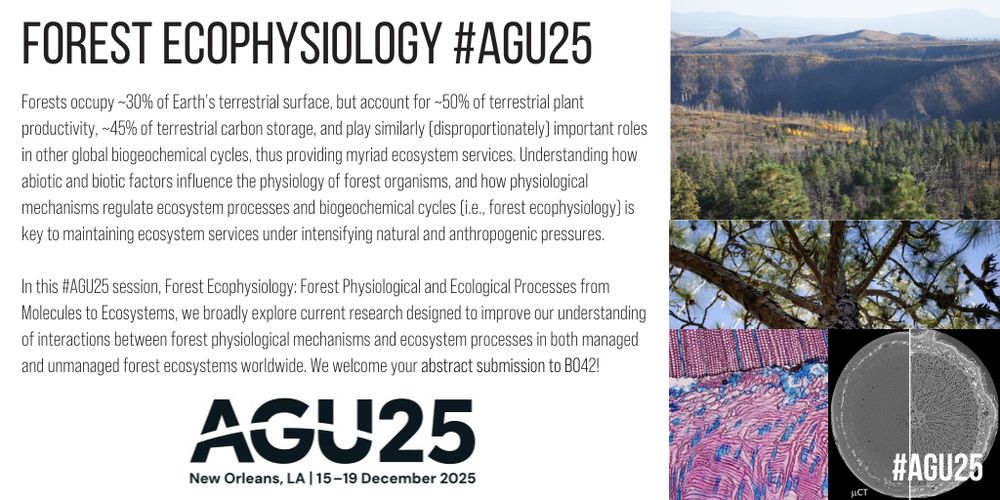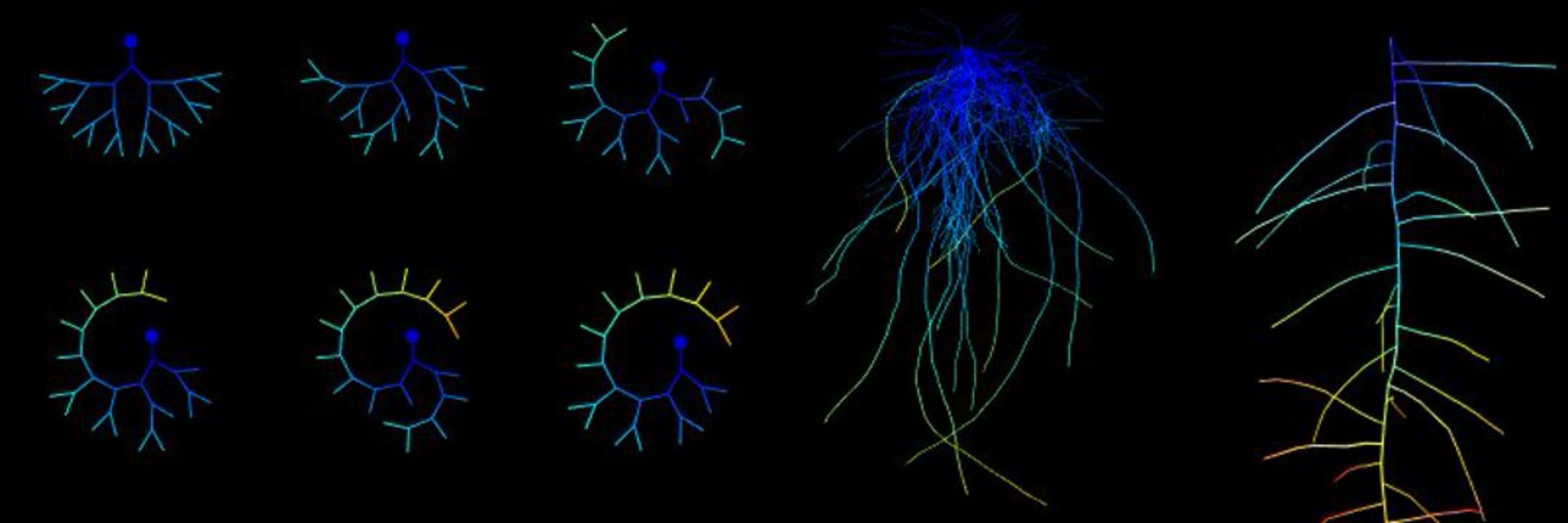
Jun. Prof. of Plant Ecophysiology
University of Hohenheim
Institute of Botany, Czech Academy of Sciences
He/him/his
Please re-post!

Please re-post!
Five-lobed strand of water-conducting tissue in the ~400 million year old stem of Gothanophyton, being welcomed into the digital age today at Uni Münster.
Massive thanks to Benjamin Bomfleur for doing everything to make this possible and being a wonderful host!
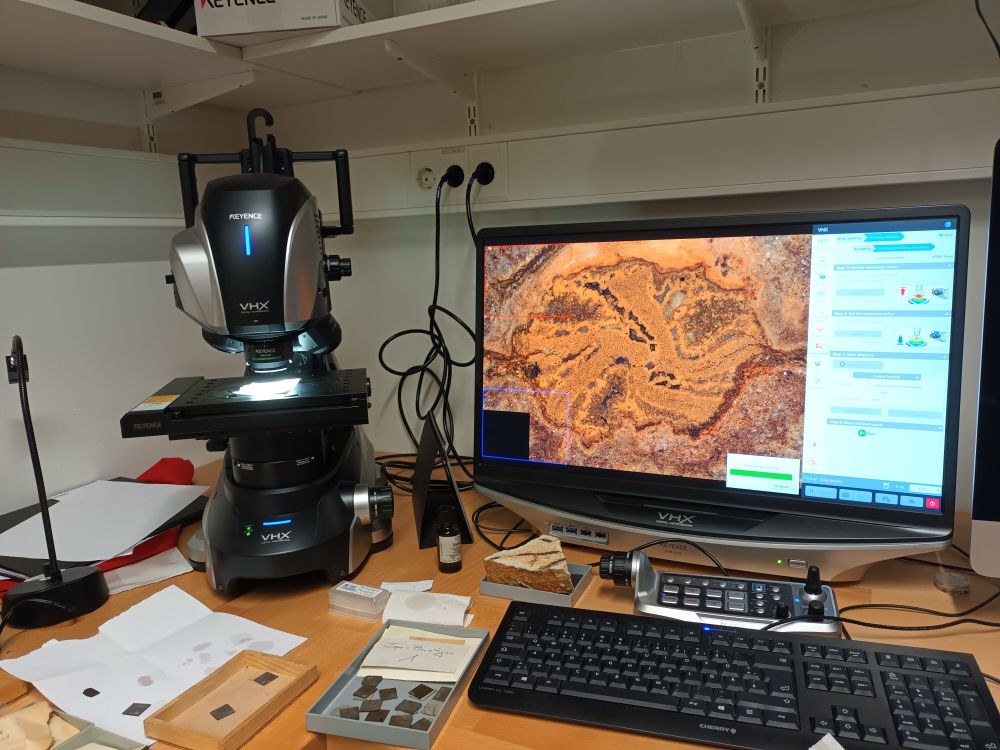
Five-lobed strand of water-conducting tissue in the ~400 million year old stem of Gothanophyton, being welcomed into the digital age today at Uni Münster.
Massive thanks to Benjamin Bomfleur for doing everything to make this possible and being a wonderful host!
🔗 buff.ly/LgaPglR
(MK)

Michal Man there, using the new device to #GoBelowground. We may need to come up with a new name for it--doesn't feel like a "mini" rhizotron.


Michal Man there, using the new device to #GoBelowground. We may need to come up with a new name for it--doesn't feel like a "mini" rhizotron.

@gfoesoc.bsky.social
@britishecologicalsociety.org
@ecologicalsociety.bsky.social
@uslter.bsky.social
Please repost!

@gfoesoc.bsky.social
@britishecologicalsociety.org
@ecologicalsociety.bsky.social
@uslter.bsky.social
Please repost!
The adhesive can reportedly repair orthopedic fractures in 2-3 minutes, even in blood-rich environments, and is bioabsorbable.
interestingengineering.com/science/chin...

doi.org/10.1186/s130...

doi.org/10.1186/s130...
doi.org/10.1111/geb....
[Open access]

doi.org/10.1111/geb....
[Open access]
PRINT ◆ smbc-store.myshopify.com/products/aut...
ORIGINAL COMIC ◆ www.smbc-comics.com/comic/autism...

PRINT ◆ smbc-store.myshopify.com/products/aut...
ORIGINAL COMIC ◆ www.smbc-comics.com/comic/autism...



www.gramercyreview.com/erasure/
www.gramercyreview.com/erasure/


#SEBExPalaeo will be live at #SEBCONFERENCE
9h30 in Nightingale 1&2
(follow signs for Bird Rooms)
Looking forward to seeing you for plenty of experimental #palaeontology #palaeobotany #3D #modelling and fun discussions!
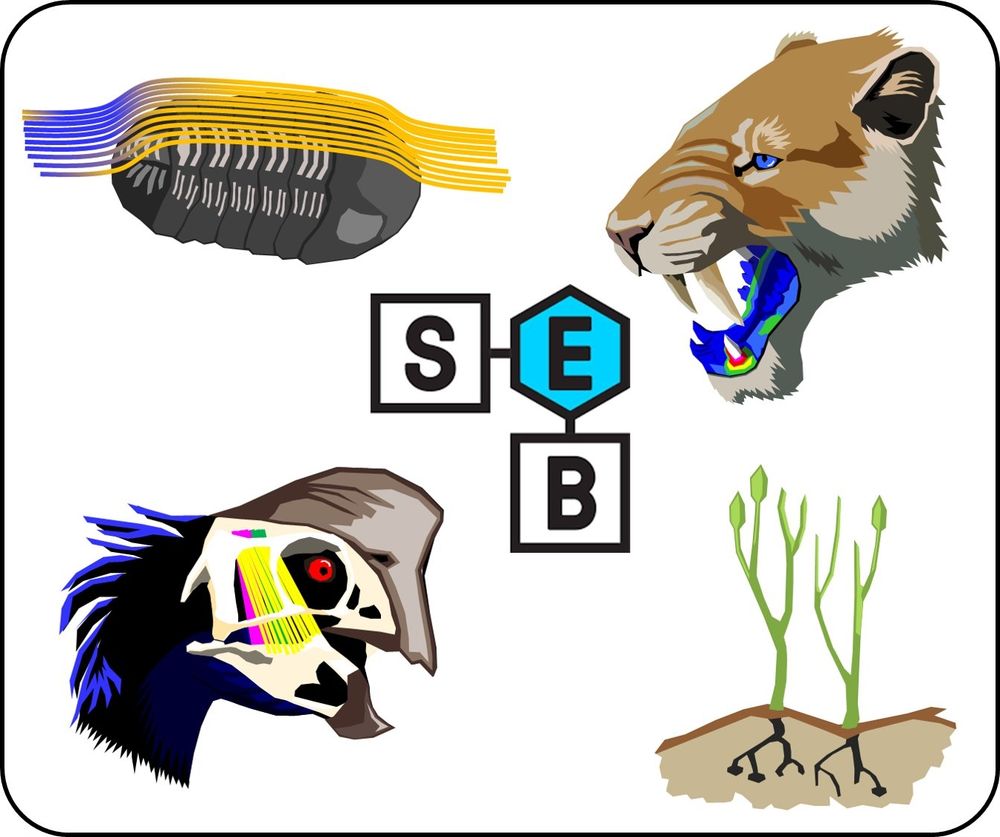
#SEBExPalaeo will be live at #SEBCONFERENCE
9h30 in Nightingale 1&2
(follow signs for Bird Rooms)
Looking forward to seeing you for plenty of experimental #palaeontology #palaeobotany #3D #modelling and fun discussions!
It's good news for the caprecaillie and bad news for us: the petrol auger was more of a hazard than a use. Quieter methods worked better.

It's good news for the caprecaillie and bad news for us: the petrol auger was more of a hazard than a use. Quieter methods worked better.
Chief Editor Jaume Flexas shares his vision for the future of plant science publishing—and how Plant-Environment Interactions is leading the way.
A standout feature? Reviewers are paid for their work.
Editorial: media.sciltp.com/articles/250...
Chief Editor Jaume Flexas shares his vision for the future of plant science publishing—and how Plant-Environment Interactions is leading the way.
A standout feature? Reviewers are paid for their work.
Editorial: media.sciltp.com/articles/250...
www.nature.com/articles/s41...
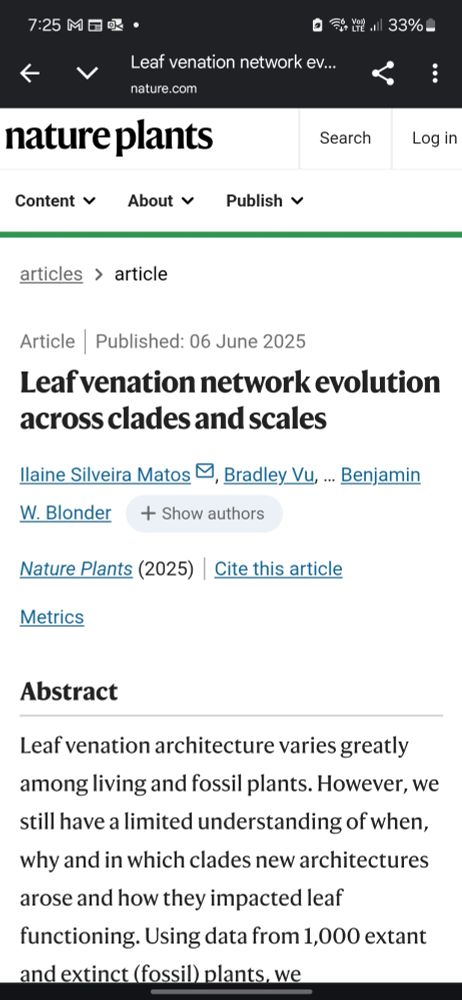
www.nature.com/articles/s41...


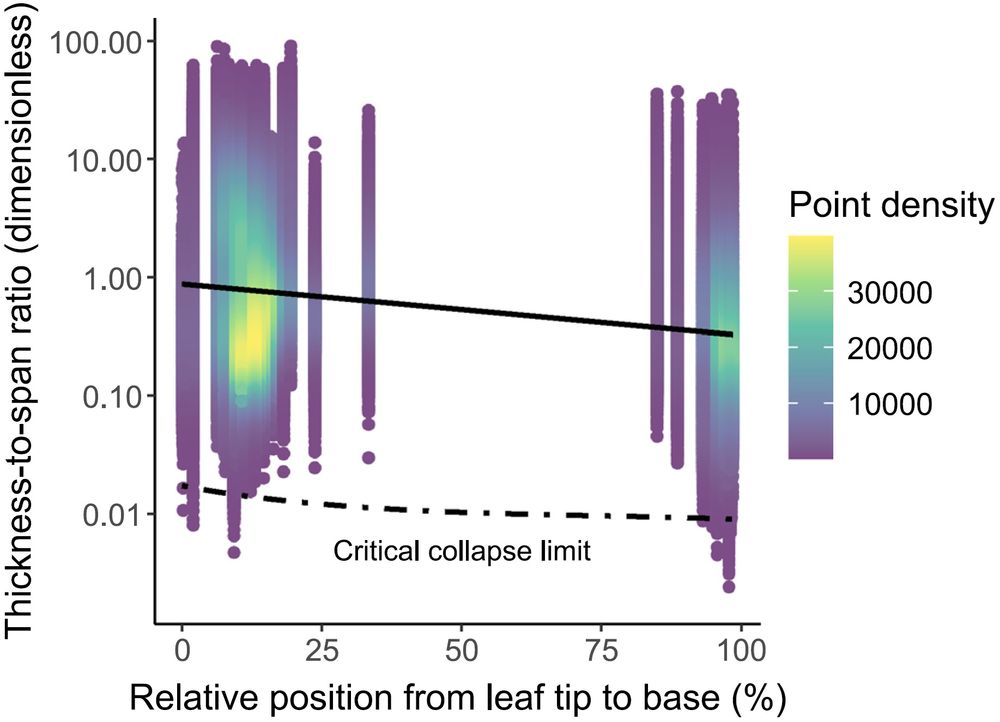
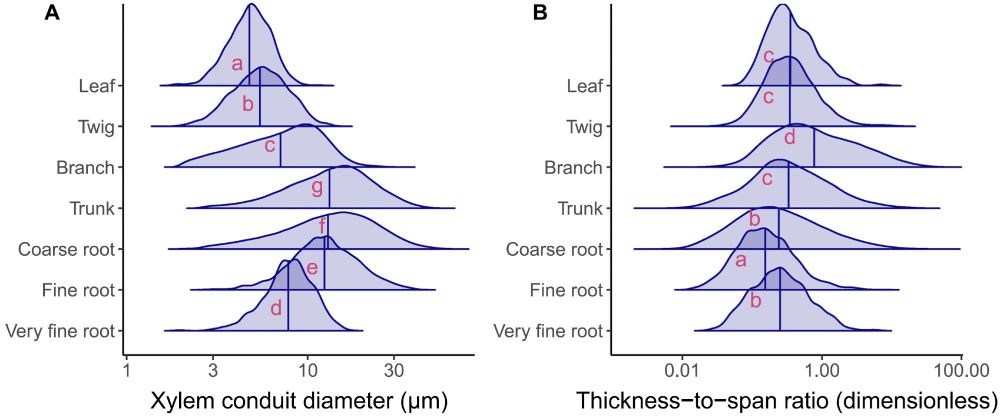
statmodeling.stat.columbia.edu/2025/05/28/e...
Paper describing the scanner methodology : link.springer.com/article/10.1...
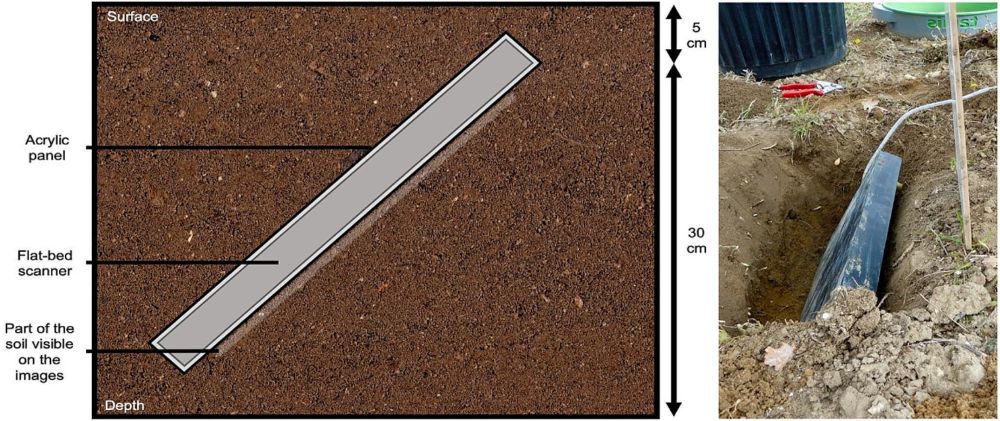
Paper describing the scanner methodology : link.springer.com/article/10.1...
On top of its normal grants, the ERC offers 'start-up' funding to help PIs establish laboratories / research teams in Europe.
This extra funding is now x2 (up to €2 million!)
europa.eu/!6Vdgmp

On top of its normal grants, the ERC offers 'start-up' funding to help PIs establish laboratories / research teams in Europe.
This extra funding is now x2 (up to €2 million!)
europa.eu/!6Vdgmp



